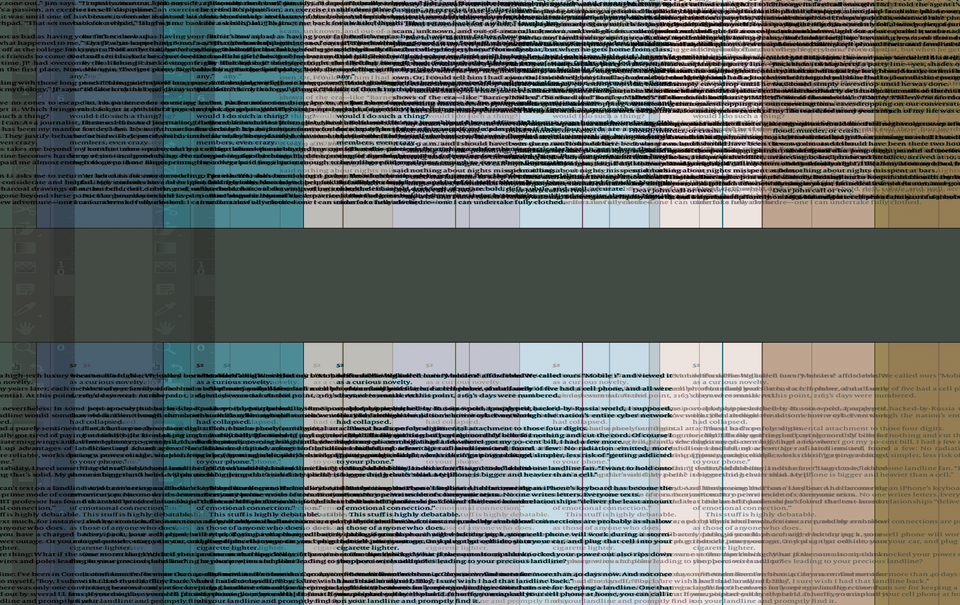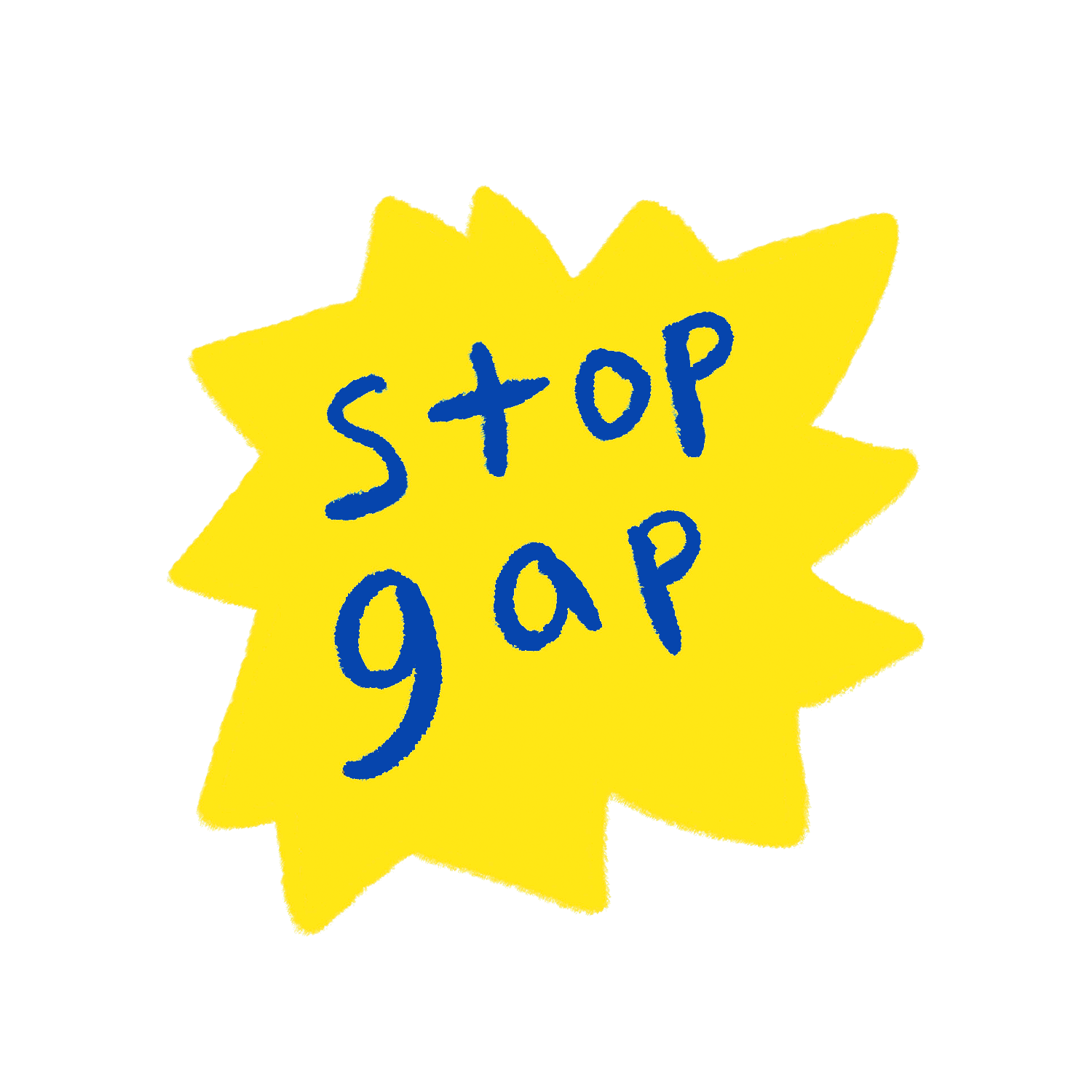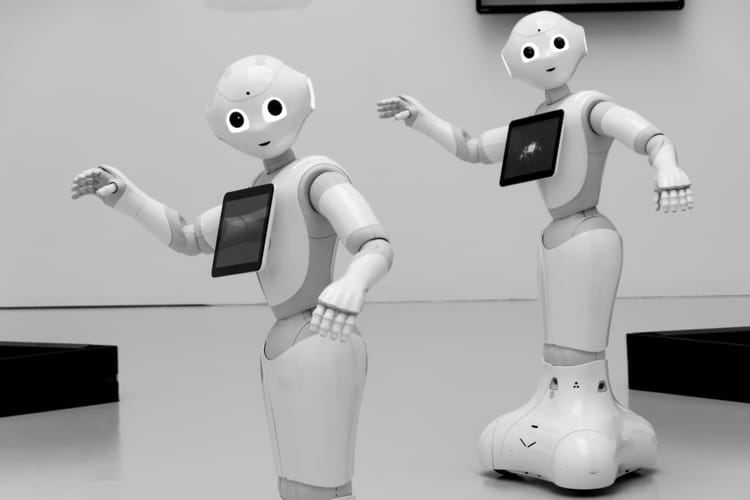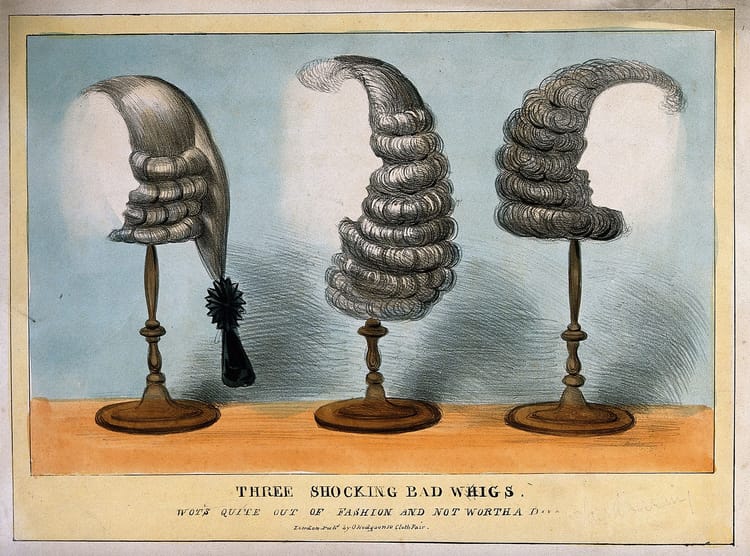Changes to InDesign over the last 20-odd years, ranked, blog

Good morning. As you know, no crossword due to this week's rich Patty Burghy obituarization. I learned so much about what the "y" vowel meant temporarily in Italian fast food culture.
I was going to post my own crossword but, two weeks later, I'm still working on it. That is because the interior of my mind screen is crisscrossed and crawling with little Adobe tool-creatures. Real heads (you better not exist) will know that I once meant to be only a designer and that's what I learned how to do on magazines while in college. I was sooo bad, oh my god. I think we used to randomly chop "expendable" phrases out of people's copy so that it would fit nicer? I also used to love to "draw" "illustrations" using only the trackpad on my Jurassic laptop.
That was the first round of InDesign dreams. If you don't know, InDesign is the program that people use to lay out printed matter. It has tons of annoying little quirks that take a minute to get the hang of, like how clicking on the same object will change whether you've selected the object or its frame, but the frames look basically identical because books are fucking miniature, and then your cute illustration of an emu is skulking out of its box into being invisible and escaping off the page. I say emu because that's relevant to the book I've been working on. (No, I didn't write it and there are no publishing companies involved at all and it is very good indeed.)
To return to the dreams, they were dreams about surfaces. Not layers! There are photoshop dreams too of course but they're different. Instead, the InDesign surface dream is—canonically in my brain—about existing (disembodied ofc) in this glowing baseline grid (this is the ghost lines under the book lines that show them where to sit) suspended in the galactic void that documents sit on in Adobe programs (it's dark grey).
Then, a sensation of crawling, of the frames around things creeping around their contents, somehow sulking and scheming. More grids coming down from above like slapchoppers; hatch fills eavesdropping. The tools would all float in the "air," except there was no air because we were inside two dimensional space. Eventually I would be trapped underneath the baseline grid, the selection of my body rapidly oscillating between object, frame, object, frame, object, frame.
Sounds kind of cool when I put it like that. Here is what seems to have changed about InDesign and therefore the mainstream digital culture of book composition since last time around:
- They changed the term "master pages," which are like templates for how all the pages should look—every page of Vogue has the numbers in the same place, for example—to "parent pages." I see that "master" has horrible implications for an American company and is not appropriate. But it had some metaphorical and conceptual shape to it. "Parent" is just some document telling another document what to do for no reason. non è progettazione, cara mia
- You can't own your own fonts any more you have to license them from Adobe's website like fucking Spotify

![London's Top 5 Companies Named i[Word] Not Affiliated with Apple](/content/images/size/w750/2024/06/imix.jpg)


Comments ()